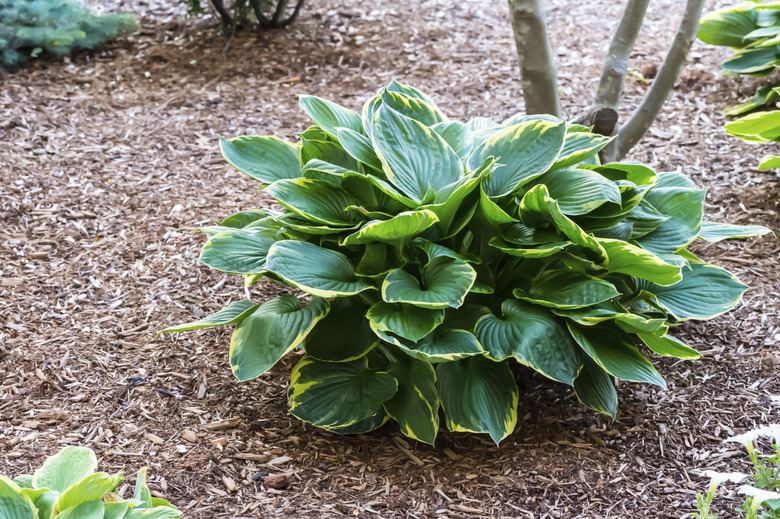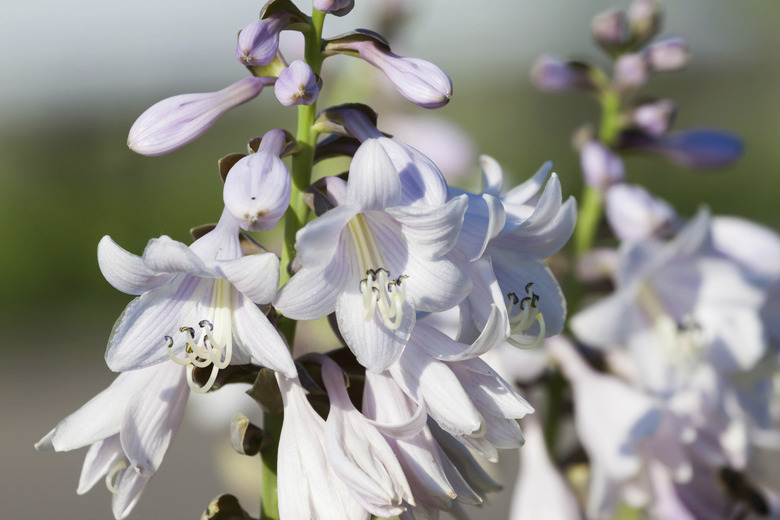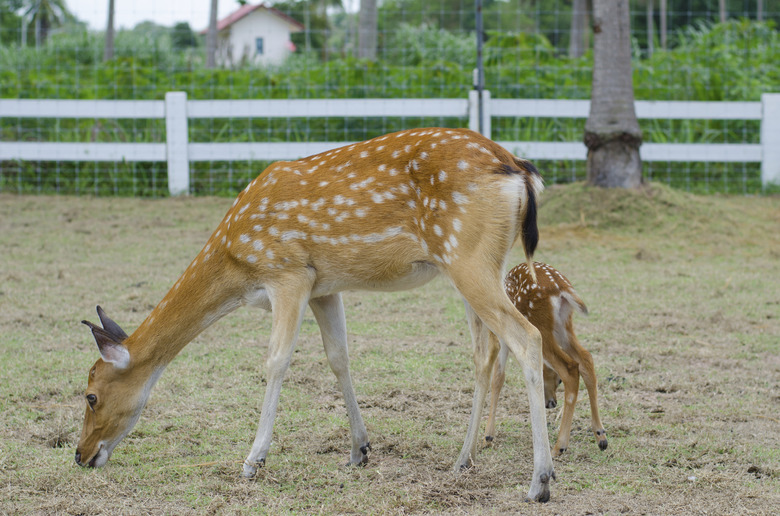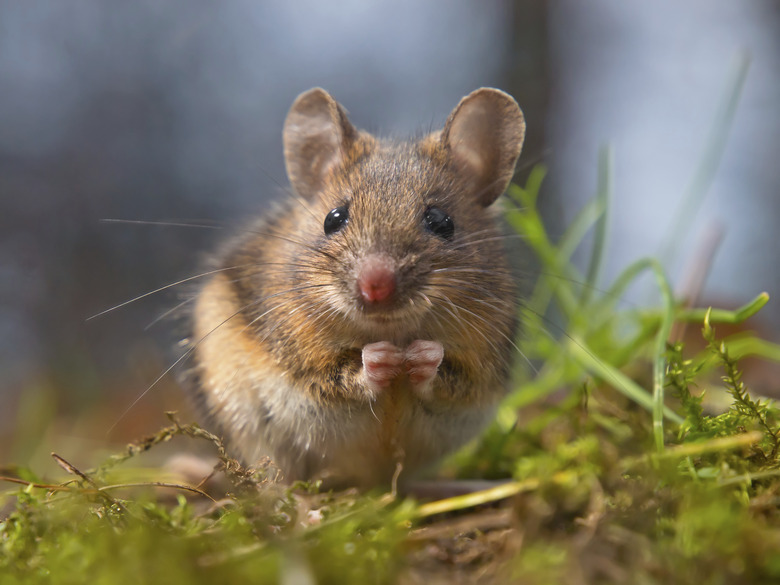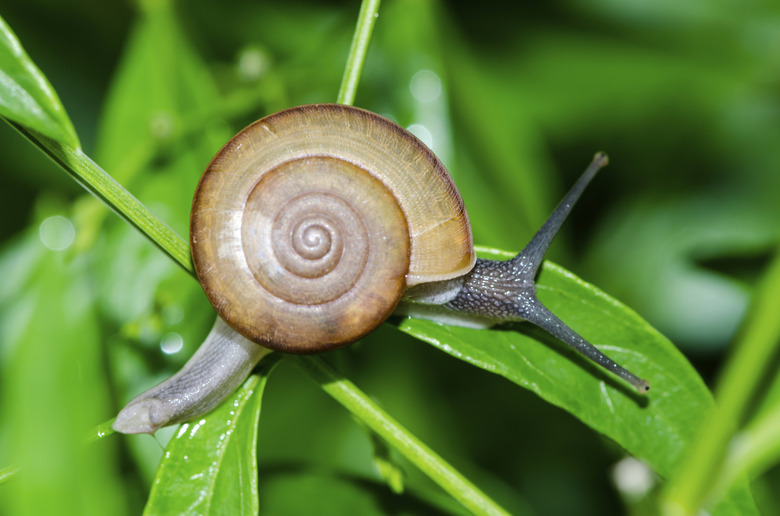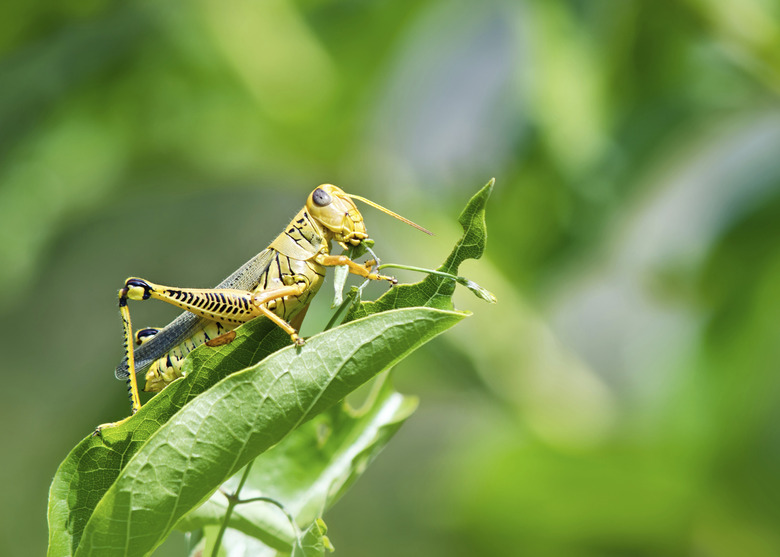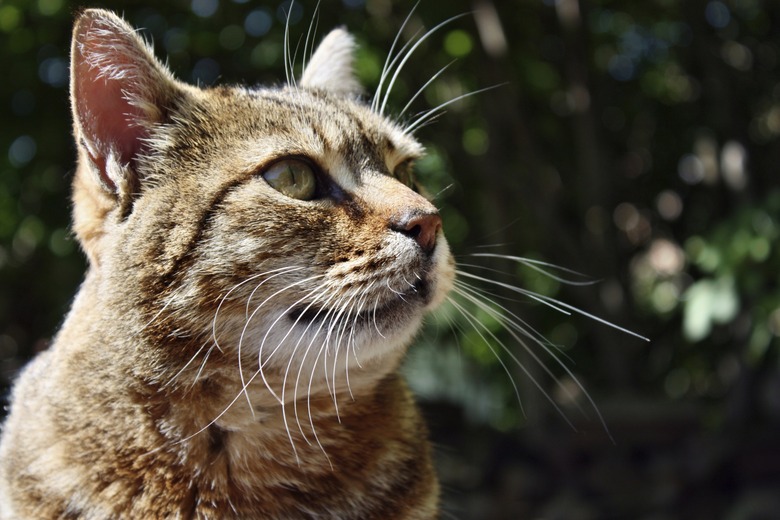What Is Eating My Hostas?
Hostas are popular for their beautiful leaf colors and low-maintenance growing. These plants are also popular planted under trees, in containers and in areas where there is not exposure to full sun. Hostas are generally not bothered by disease, but several types of pests may feed upon the leaves. Hostas are bothered by everything from deer to grasshoppers. However, pest control is usually fairly simple and hostas will continue to flourish after a pest encounter.
Hostas
Hostas are a perennial plant known for their foliage. According to the Ohio State University website, hostas' leaves may range in color from green to gold and often feature a combination of colors. Hostas are hardy plants, known for their ability to experience seasonal changes in foliage colors. Lutescent hosta varieties change from green to yellow. Hostas of the albescent varieties are known for changing from yellow to white. Hostas bloom with spiky flowers resembling lilies each summer. Hosta flowers range in color from white to lavender. These plants generally reach their mature growth in four to eight years and come in varieties including miniatures only a few inches wide to those reaching diameters of 8 feet.
Deer
According to the American Hosta Society's website, increasing populations of deer are beginning to threaten hosta plants. Deer often wander through garden spaces in search of food because their habitats are threatened and the populations are rapidly increasing. Deer in residential areas will feed upon garden plants, including hostas. Visiting deer may eat an entire crown of several hosta plants.
Mice and Voles
Mice and voles are another common garden pest known for making a meal out of the leaves of a hosta. According to the American Hosta Society's website, these animals move about in colder months when hostas are typically dormant. However, they will stay in a garden throughout the spring, provided there is enough plant material to eat.
Slugs and Snails
According to the Iowa State University's website, slugs and snails are one of the major threats hosta gardeners face. Wet weather often brings pests, like the gray garden slug, to the yard. These animals will feed upon leaves, creating what is known as "swiss cheese leaves." They produce small to medium holes all over the leaves of the hosta. Slug and snail infestation is evidenced by lines of slime on the plants.
Cut Worms, Beetles and Grasshoppers
Cut worms, beetles and grasshoppers are common garden pests, according to the American Hosta Society, but they only occasionally feed upon the hosta. Cut worms live in the soil, coming out to dine after dark. Like snails, cut worms create "swiss cheese" damage to the foliage of the hosta. Leaf beetle damage is sometimes confused with snail and slug damage. The beetle feed on the leaf matter between the veins. Grasshoppers will dine upon the leaf from the outside in and may eat an entire leaf.
Control Methods
Some natural predator populations will control certain hosta pests, suggests the American Hosta Society's website. The house wren eats insects and will help control grasshopper, cut worm and beetle population. Cats may help control mice and voles. Cleaning away debris and picking off snails and slugs may help prevent them from destroying your crops. Spray slugs with vinegar or ammonia, suggests the Iowa State University's website. Follow the directions on any chemical snail and slug traps to prevent misuse. Insecticides may also help keep insect pests at bay. Putting a thin mesh or wire cage around the hostas may prevent deer from eating the plants.
